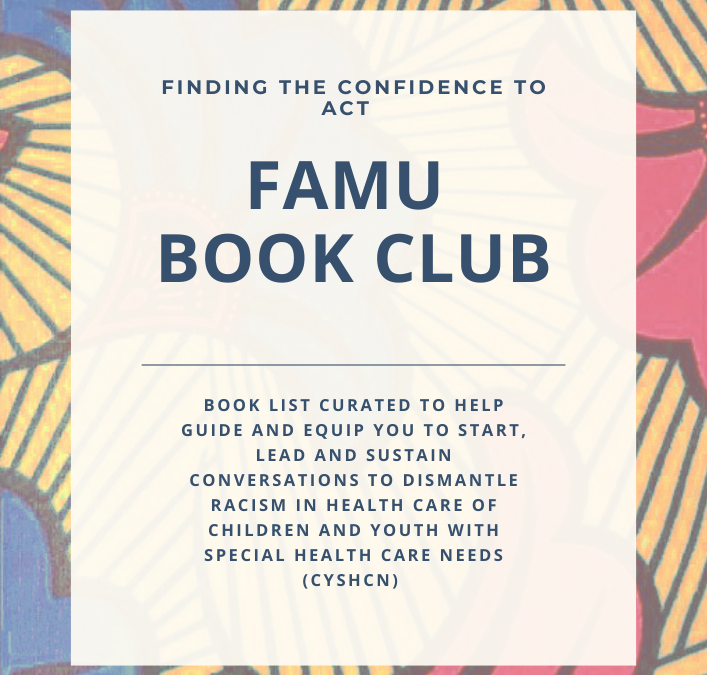
Tools to Get You Started
![]() Encourage confidence to act
Encourage confidence to act
This section will provide downloadable documents that you can use to begin work in your state. Please note this is not an exhaustive list rather it is one to help you begin to do this work. You will find a mix of presentation docs, training modules, articles, Ted Talks and more.
Section Highlights
Dismantling Racism Works Web Workbook
Dismantling Racism Works (dRworks) closed in May 2017 after offering trainings, workshops, and organizational consulting for over 12 years, and for another decade before that under the name of ChangeWork.
dRworks’ web-based workbook was originally designed to support the Dismantling Racism Works 2-day basic workshop. The workbook is offered as a resource to the community. Please credit dRworks if and when you use this resource.
Implicit Bias Training Modules: from The Kirwin Institute for the Study of Race and Ethnicity at the University of Ohio. The modules which are research based focus primarily on implicit bias and are designed in short segments for you to learn at your pace.
Tools from Trying Together is an excellent list that offers resources for parents, community members schools and anyone interested in doing this work. Of note, under the Resources for Discussing Racism and Violence with Children section there is a moving New York Times article, Talking to Children about Race, Policing and Violence and a discussion where journalists chat about their own experiences and how they had “The Talk” with their children.
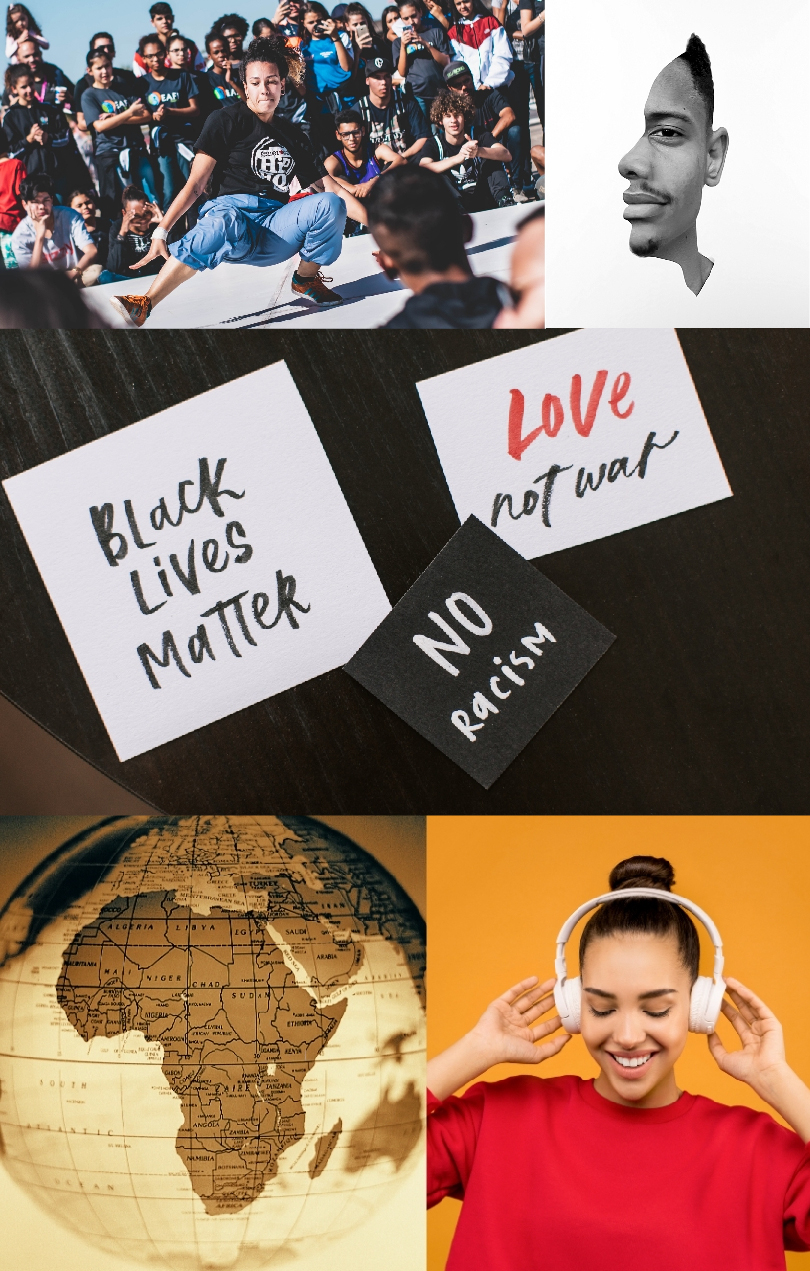
Select a category
Rest to Create Change
Throughout the history of the United States, Black labor has often been exploited, even as Black people have been mischaracterized and stereotyped as lazy or indolent. The work to end racism has always required effort – physical, mental and emotional.
Rest to Create Change highlights the importance of rest as we work against racism in our communities. You will learn about:
- Why sleep is important
- The difference between rest and sleep
- Why rest matters in this work
- How to develop a rest practice and “rest leaders”
- The history of yoga and rest in the Black Community
Please use and share these resources with others who are working to end racism.
Sleep and Rest

- Why is Sleep Important?
- The Difference Between Sleep and Rest
- Black Americans and Sleep: The Connection between Sleep, Rest, and Health Disparities in the Black Community
Rest in Practice
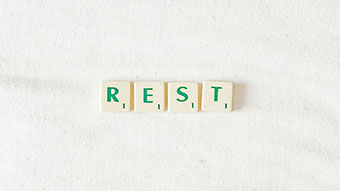


A rest practice is not built overnight. It takes time to cultivate. There is no wrong way to rest, the key is developing a consist practice. Listen to Yetta Myrick, FamU Co-Lead, in conversation with her yoga teacher, Adriana Adelé, as they talk about their rest practice journey.
Rest Leaders
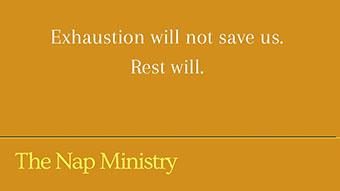


Rest is a movement. Learn about the leaders in this space.
Podcasts
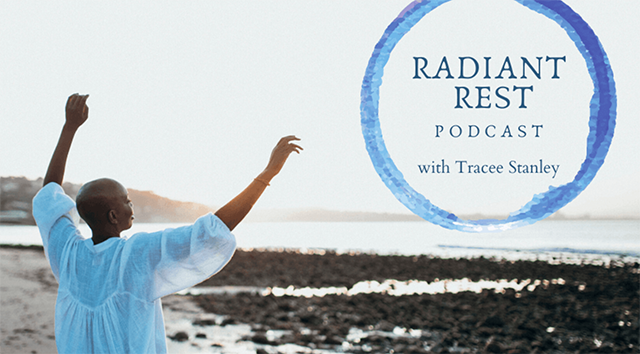


The Radiant Rest Podcast, hosted by Tracee Stanley, is a source for all things yoga nidra, rest, sleep, and dreams. Tracee Stanley states “I believe that the unique practice of Yoga Nidra offered to us by the ancient sages, is the healing salve for our times.” The Radiant Rest podcast includes conversations with Dr. Gail Parker, Michelle Cassandra Johnson, Tricia Hersey, and Octavia Raheem.
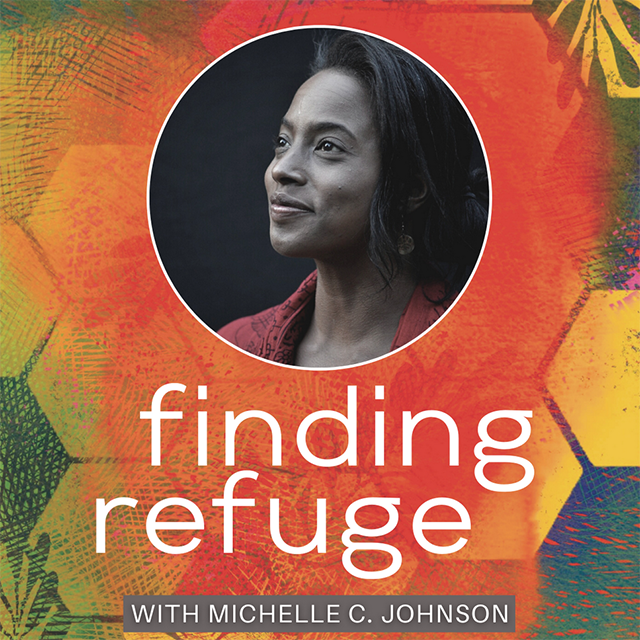


The Finding Refuge Podcast, hosted by Michelle Cassandra Johnson, “exists to remind us about all the ways we can find refuge during unsettling and uncertain times, and to remind us about the resilience and joy that comes from allowing ourselves to find refuge.” The Finding Refuge Podcast includes conversations with Adriana Adelé, Octavia Raheem, and Tracee Stanley.
Rest Practices and Resources
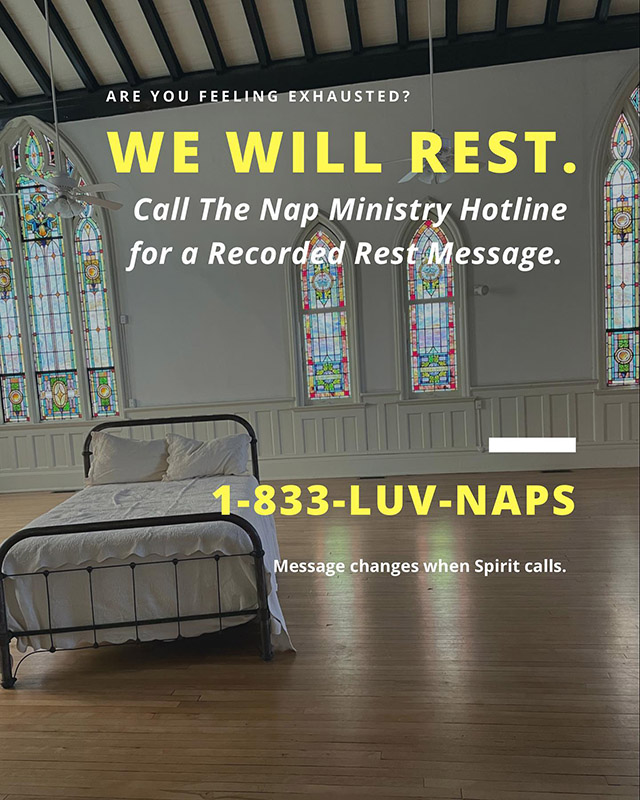


In Radiant Rest, Tracee Stanley explains, “Deep relaxation practices help us to relax systemically and to bring awareness to all the parts of ourselves that require loving attention.”
“We must believe we are worthy of rest. We don’t have to earn it. It is our birthright. It is one of our most ancient and primal needs.”-Tricia Hersey, Author of Rest is Resistance
- Act Early DC Rest Practice Series
- Led by Adriana Adelé, this series of videos was curated with Yetta Myrick to help support you through movement, breath, and/or mindful awareness. Each video is intentionally short, ranging from 6-20 minutes, so you can do them when you have time. With all practices, if movement or breathing practices feel less than nourishing, please listen to your own wisdom and pull back.
- Octavia Raheem’s Rest Resources
- Adriana Adele’s Practice Library
- Guided Rest Meditation with Octavia Raheem
- Rest, Reflect, Renew with Dr. Gail Parker
- Rest is Resistance with Tricia Hersey
- Yoga Nidra with Tracee Stanley
- Sound Healing with Shawn Moore
- 20 Minute Sound Bath with Shana Nunley
Terms and Definitions
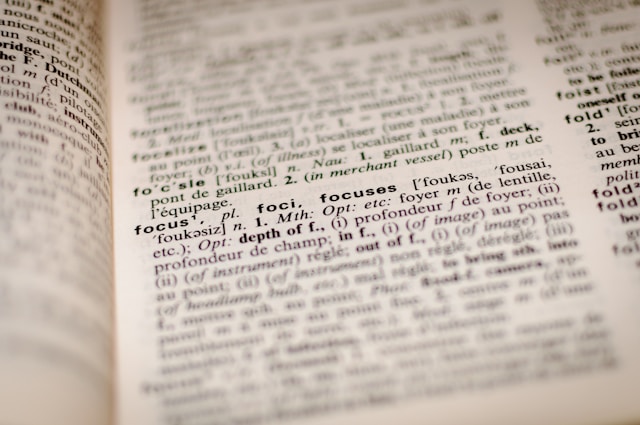


Michelle Cassandra Johnson and Dr. Gail Parker define terms throughout their various books to support shared learning and understanding.
History
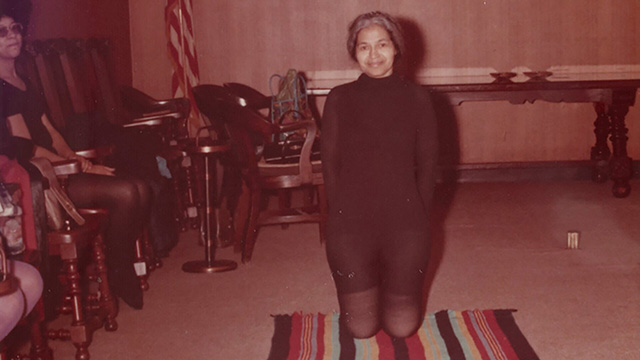





Stephanie Y. Evans, PhD, a professor and the director of Women’s, Gender, and Sexuality Studies at Georgia State University, and the author of Black Women in the Ivory Tower, 1850-1954: An Intellectual History surveyed 200 black women’s life narratives and found 50 references to yoga. In the September 2021 Yoga Journal article, “The Story Behind Rosa Parks and Yoga”, Dr. Evan states, “one reference was from Sheila McCauley, the niece of Rosa Parks. McCauley wrote about yoga as a family practice and about Mrs. Parks as an avid yogini.” These references confirm that yoga has long been a form of self-care in the Black community.
“What Mrs. Parks teaches us is that self-care is part of resistance—she lived to the age of 92 because she began to center her own health needs, even as she continued with lifelong activism in Detroit and beyond” says Dr. Evans. You can learn more about Rosa Parks Practicing Yoga on the the Library of Congress website.
Did you know that Eartha Kitt and John and Alice Coltrane were dedicated yogis? The Uncommon Yogi: A History of Blacks and Yoga in the U.S., created by Jana Long, E-RYT 500, Executive Director and co-founder of the Black Yoga Teachers Alliance, is a short documentary that provides an historical view of yoga practice in black communities in the United States. You can screen the film and watch the Q&A with Jana through the Yoga Alliance.
Rest to Create Change Book Club Selections
Cultural Awareness Tools
Implicit Bias
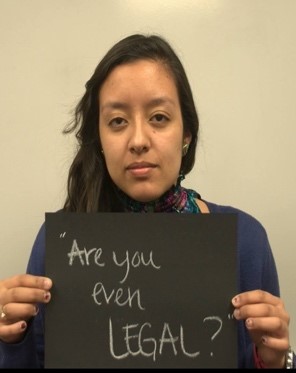


According to the Perception Institute:
“Thoughts and feelings are “implicit” if we are unaware of them or mistaken about their nature. We have a bias when, rather than being neutral, we have a preference for (or aversion to) a person or group of people. Thus, we use the term “implicit bias” to describe when we have attitudes towards people or associate stereotypes with them without our conscious knowledge. A fairly commonplace example of this is seen in studies that show that white people will frequently associate criminality with Black people without even realizing they’re doing it.”
Stereotypes



Stereotypes are the internalized feelings, attitudes, opinions and assumptions that people hold. They color the way we interact. Define stereotypes then move to group activity and discussion
This section can be conducted as part of a cultural diversity/competence training or as a stand-alone team building session after Implicit Bias Training and Reframing Language activity.
Reframing Language



Reframing is a restating a negative word or thought and making it more positive. Reframing is a powerful tool to help us begin changing our mindset by changing our language.
The following activity can be done as a (15 mins) team building exercise and should be followed up by the stereotyping activity. In a presentation, pull out a few examples to embed in PowerPoint (5-7 mins).
White Privilege
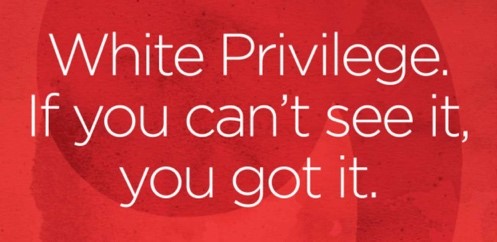


Racial Microaggressions
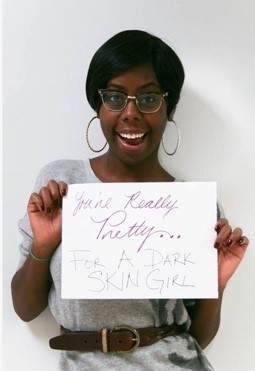


“As defined by psychologist D.W. Sue, who has studied the topic extensively, a microaggression is a “brief and commonplace slight/insult that communicates hostility or prejudice towards particular groups of people”. The term was coined by Harvard professor Chester M. Pierce in 1970 in response to insults and dismissals he witnessed inflected on black Americans. While many argue against the validity of microaggressions based on the fact that it’s an entirely subjective claim, when presented with examples, an overwhelming majority of us recognize these phrases.”
“You’re very pretty for a dark skinned woman”
Slang Vs. Slander
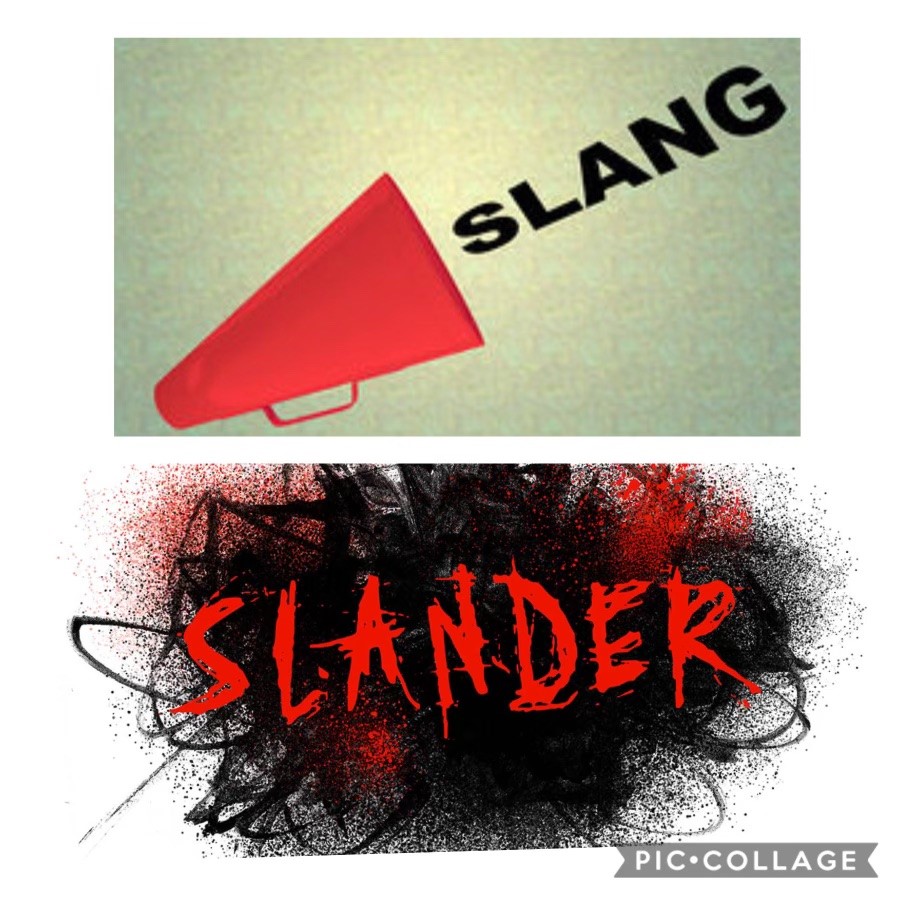


SLANG: WHAT IS A KAREN?
The term “Karen” was made popular by social media and is used to refer to a person (without using their real name) who uses their privilege to “report” on situations they deem “suspicious”. There are tales that the name was a reference to a girl named Karen in the 2004 movie Mean Girls.
Cultural Growth Tools
Self Assessment Tools
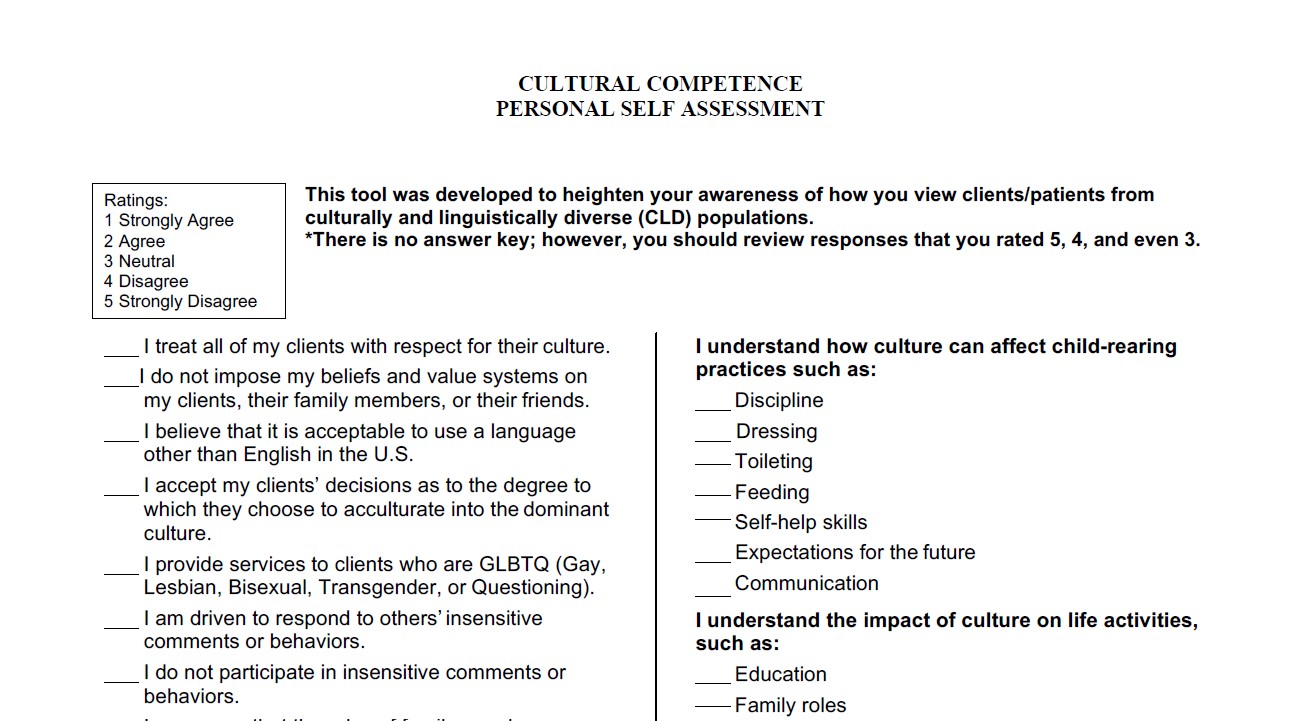


This tool was developed to heighten your awareness of how you view people from culturally and linguistically diverse (CLD) populations.
Anti Racism Tools – Trying Together
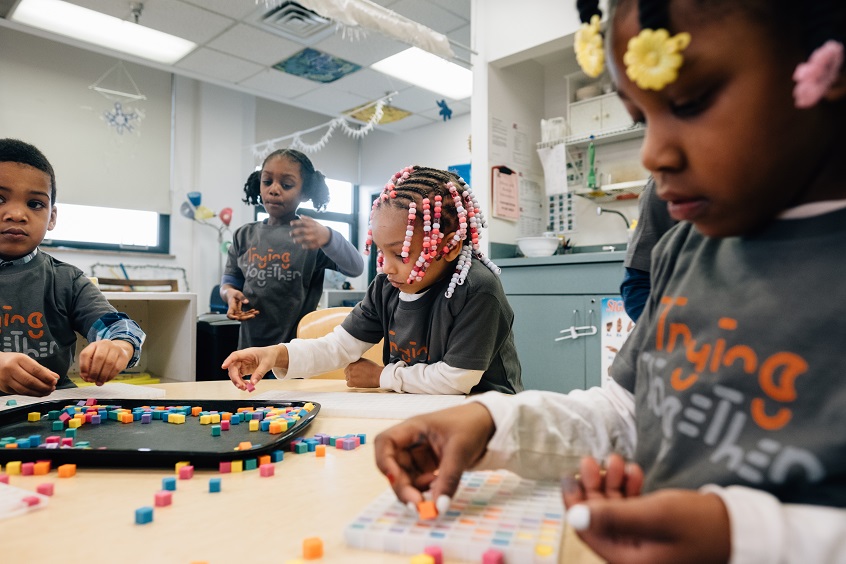


As caregivers, community members, and early childhood educators, we have a responsibility to ensure each child, family, and caregiver is safe from racism and discrimination and has equitable opportunities to thrive.
In order to do this, we must begin with ourselves. Set aside time in your day to do a personal inventory. What thoughts, feelings, and behaviors have you contributed to upholding systems of racism? What assumptions are you making? What actions or inactions have you taken that contribute to systems of oppression?
Guide for Self/Organizational Assessment
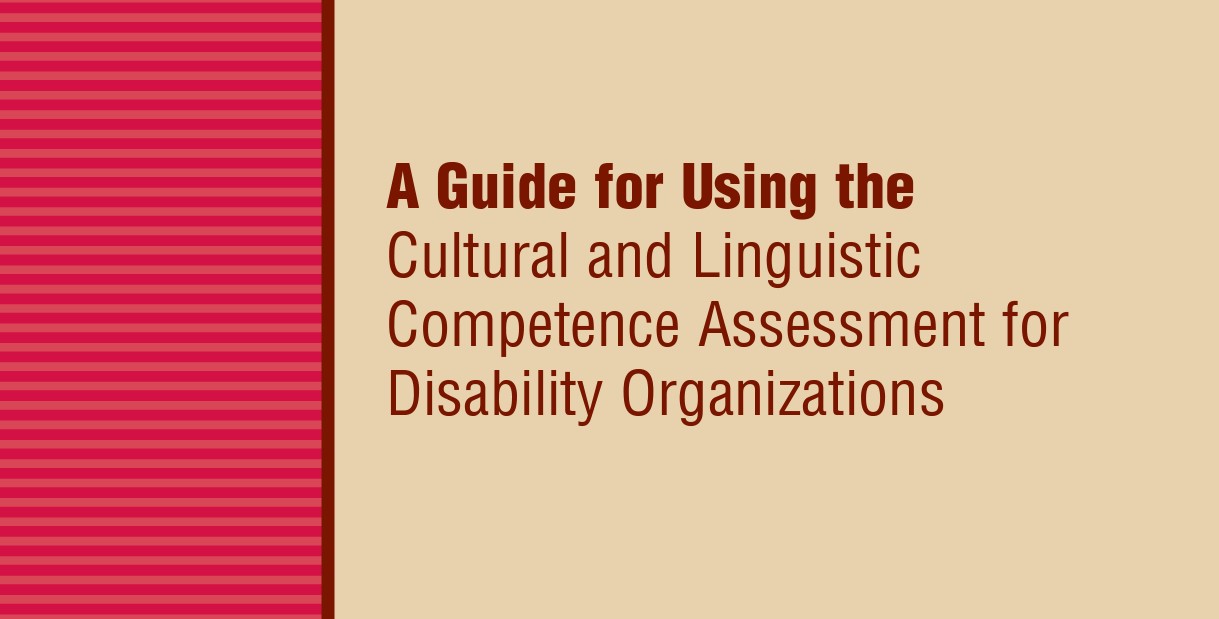


There are many benefits for disability organizations to engage in cultural and linguistic competence self-assessment. Such processes can lead to the development of a strategic or action plan with short-term and long-term goals, measurable objectives, and identified fiscal and personnel resources to advance and sustain cultural and linguistic competence within the organization.
Organizational Assessment Tools



Organizational self-assessment is a necessary, effective, and systematic way to plan for and incorporate cultural and linguistic competency. An assessment should address the attitudes, behaviors, policies, structures and practices of an organization, including those of its board, staff, and volunteers. It should also elicit the perspectives and experiences of diverse individuals and communities served.
Implementation Docs
Implementation Docs Intro
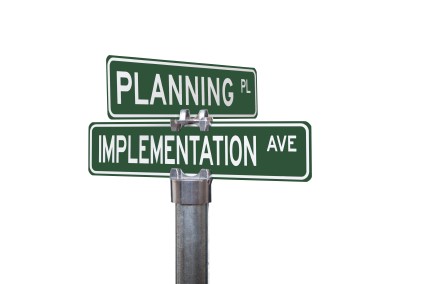


Cultural Implications of Screening
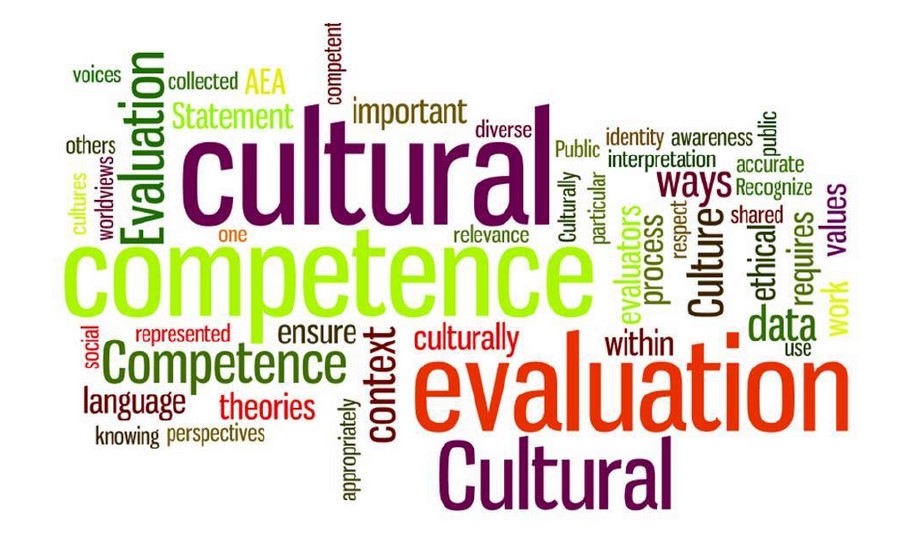


The issue with screening:
Children from racially/ethnically diverse backgrounds are less likely to:
- Be screened early
- Have follow-up evaluations when they “fail” a screen
- Get an early diagnosis
- Access early services
Allyship
The Journey of Becoming an Authentic Ally



What is an ally?
Dictionary.com’s definition: “to associate or connect by mutual relationship, as resemblance or friendship”. As overused as the word ally has become in recent years, it has become important as a means for folk who use their privilege to step up to support and amplify Black voices.
Who can be an ally?
Anyone can and should be an ally but it always has to be genuine and should come from a good place with good intentions. Not for your own gain or fame. Your voice as an ally should never be one that drowns out others or be done with “savior” mentality. We want you to work with us, for us. Roxane Gay said it best, “ Black people do not need allies. We need people to stand up and take on the problems borne of oppression as their own, without remove or distance. We need people to do this even if they cannot fully understand what it’s like to be oppressed for their race or ethnicity, gender, sexuality, ability, class, religion, or other marker of identity. We need people to use common sense to figure out how to participate in social justice.” Before you embark on the journey, do some soul searching and understand who you are, because along the way you will be tested and challenged as the work will be uncomfortable.
P.E.A.R. Peer Education Against Racism
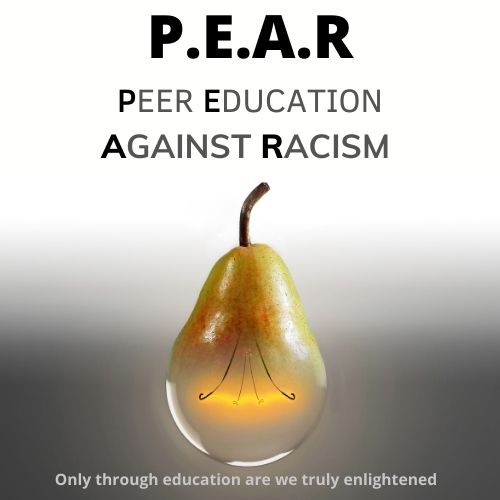


The idea behind P.E.A.R. is how allies can use their privilege to lead, develop, teach and use peer-to-peer or ally-to-ally training to create awareness, change mindsets and break down barriers to dismantle racism.
Diversity, Equity, Inclusion, and Belonging (DEIB)
Diversity, Equity, Inclusion, and Belonging at Family Voices
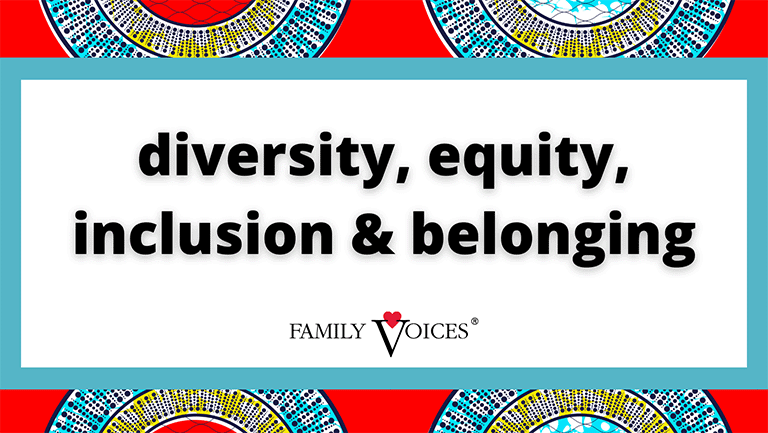


- Overview
- Definitions
- Our DEIB Framework
- Resources

